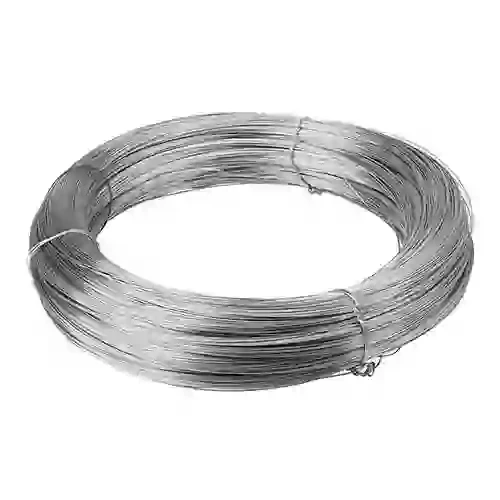-
 Phone:
Phone: -
 Email:
Email:

bale wire
Understanding Bale Wire and Its Applications
Bale wire is an essential material in various industries, particularly in agriculture and recycling. This strong, durable wire is primarily used for binding bales of hay, straw, cotton, and even recycling materials. Understanding the characteristics, types, and applications of bale wire can help in making informed decisions for its use in various settings.
Characteristics of Bale Wire
Bale wire is designed for strength and durability. Typically made from steel, it can withstand the pressure exerted by heavy bales without deforming or breaking. The wire is available in various gauges, which refers to the thickness of the wire. Thicker wire (lower gauge number) is used for heavier bales, while thinner wire (higher gauge number) is suitable for lighter applications. Additionally, bale wire is coated with materials like zinc to enhance its resistance to rust and corrosion, ensuring longevity even in adverse weather conditions.
Types of Bale Wire
There are several types of bale wire available for different applications
. The most common types include1. Twisted Wire This type is made from two strands of wire twisted together, providing added strength and resistance to breaking. It is commonly used in agricultural settings for binding hay bales. 2. Single Strand Wire This wire is less robust than twisted wire but is easier to manage. It is generally used in less demanding applications, such as binding smaller bales or light materials. 3. Coated Wire As mentioned earlier, coated wire is designed to withstand exposure to the elements. The coating often consists of galvanization, polyethylene, or other protective materials to prevent corrosion.
4. Wire Ties These are pre-cut lengths of wire designed for quick and easy binding. They are often used in automated processes, such as in recycling facilities, to streamline operations.
bale wire

Applications of Bale Wire
1. Agriculture In farming, bale wire is primarily used for securing hay and straw bales for transport and storage. It ensures the bales remain intact, reducing waste and making it easier for farmers to handle large quantities of forage.
2. Recycling In the recycling industry, bale wire plays a crucial role in compacting and securing recyclable materials such as cardboard, paper, and plastics. By binding these materials into manageable bales, recycling plants can optimize their operations, making transportation and processing more efficient.
3. Construction Bale wire is also utilized in the construction industry for binding and securing insulation materials, as well as in various other structural applications.
4. Crafting and DIY Projects Beyond industrial uses, bale wire finds its way into crafting projects. Its flexibility and durability make it an excellent choice for making decorative items, sculptures, and even garden trellises.
Conclusion
Bale wire may seem like a simple material, but its versatility and strength make it indispensable in various sectors, from agriculture to recycling. Understanding the different types of bale wire and their specific applications can help users choose the right type for their needs. As industries continue to seek efficiency and sustainability, materials like bale wire will undoubtedly remain crucial components in their operations. Whether you are a farmer looking to secure your hay bales or a recycling plant manager aiming for efficiency in your processes, bale wire is a fundamental tool that can support your efforts effectively.
-
Wire Mesh for Every Need: A Practical SolutionNewsJul.25,2025
-
Steel Fences: Durable, Secure, and Stylish OptionsNewsJul.25,2025
-
Roll Top Fencing: A Smart Solution for Safety and SecurityNewsJul.25,2025
-
Cattle Farm Fencing Solutions for Maximum SecurityNewsJul.25,2025
-
Affordable Iron Binding Wire SolutionsNewsJul.25,2025
-
Affordable Galvanized Wire SolutionsNewsJul.25,2025
-
Wire Hanger Recycling IdeasNewsJul.25,2025








